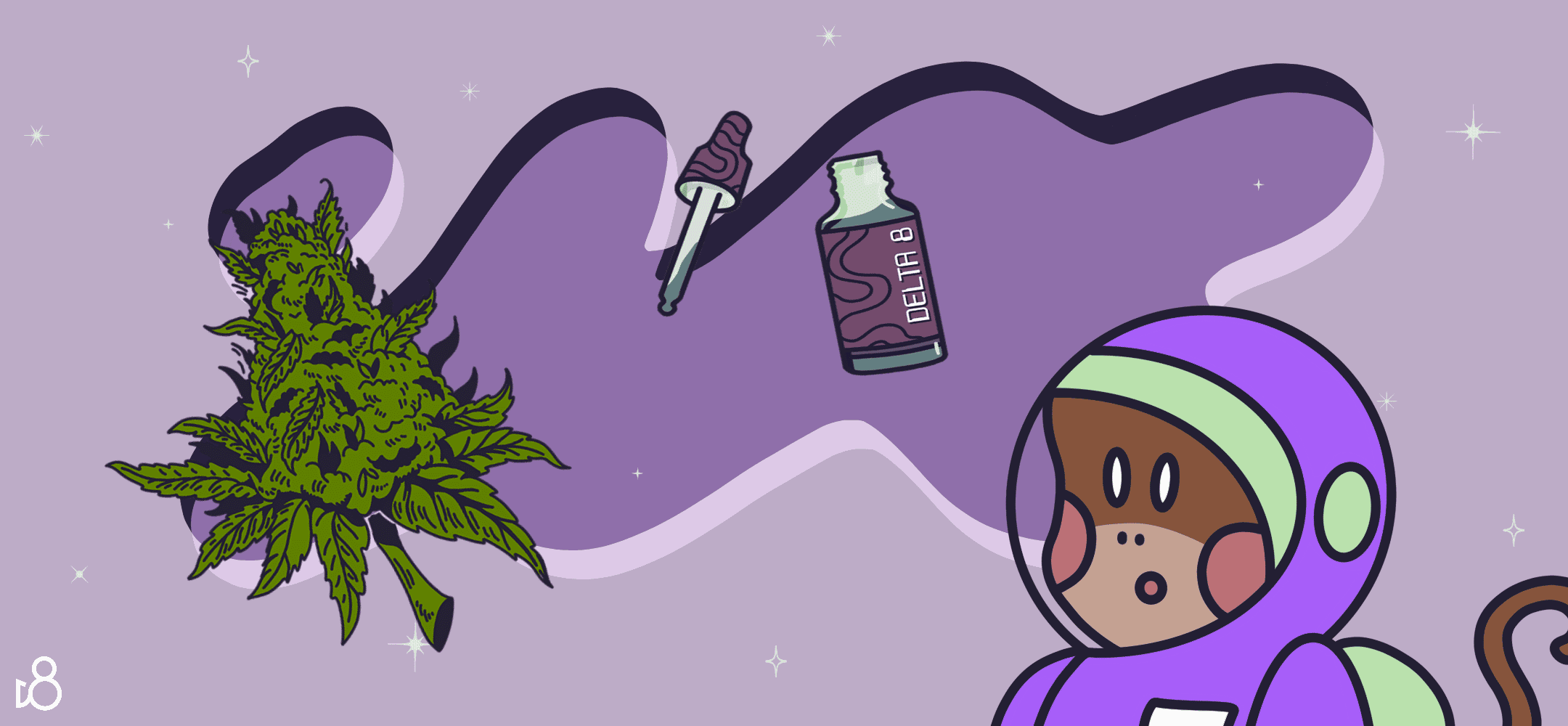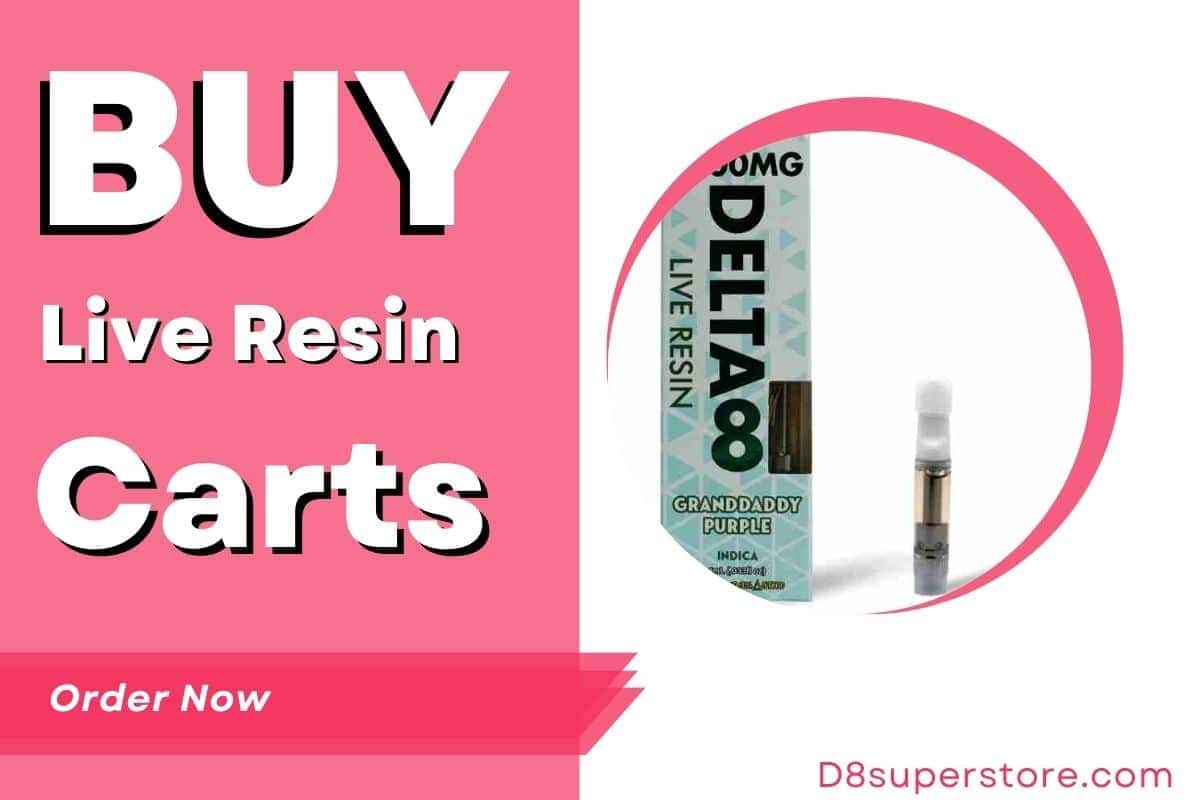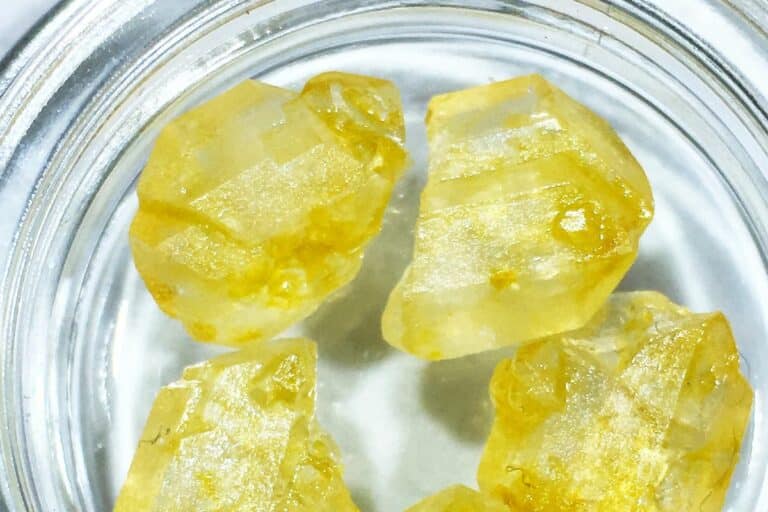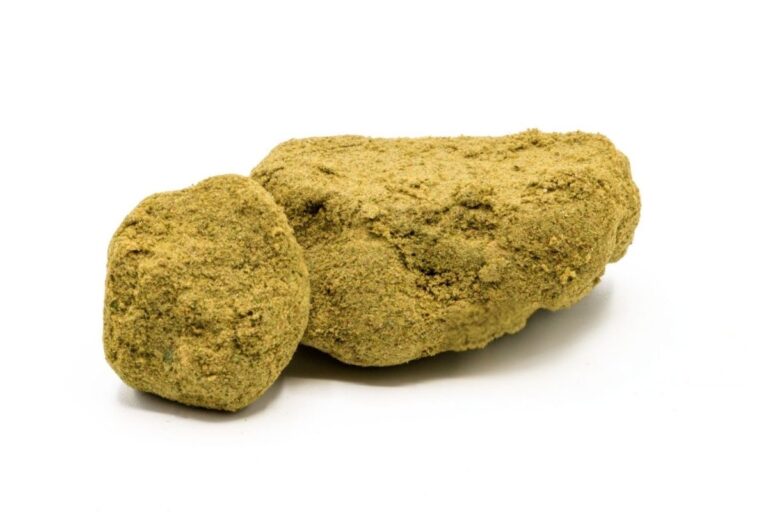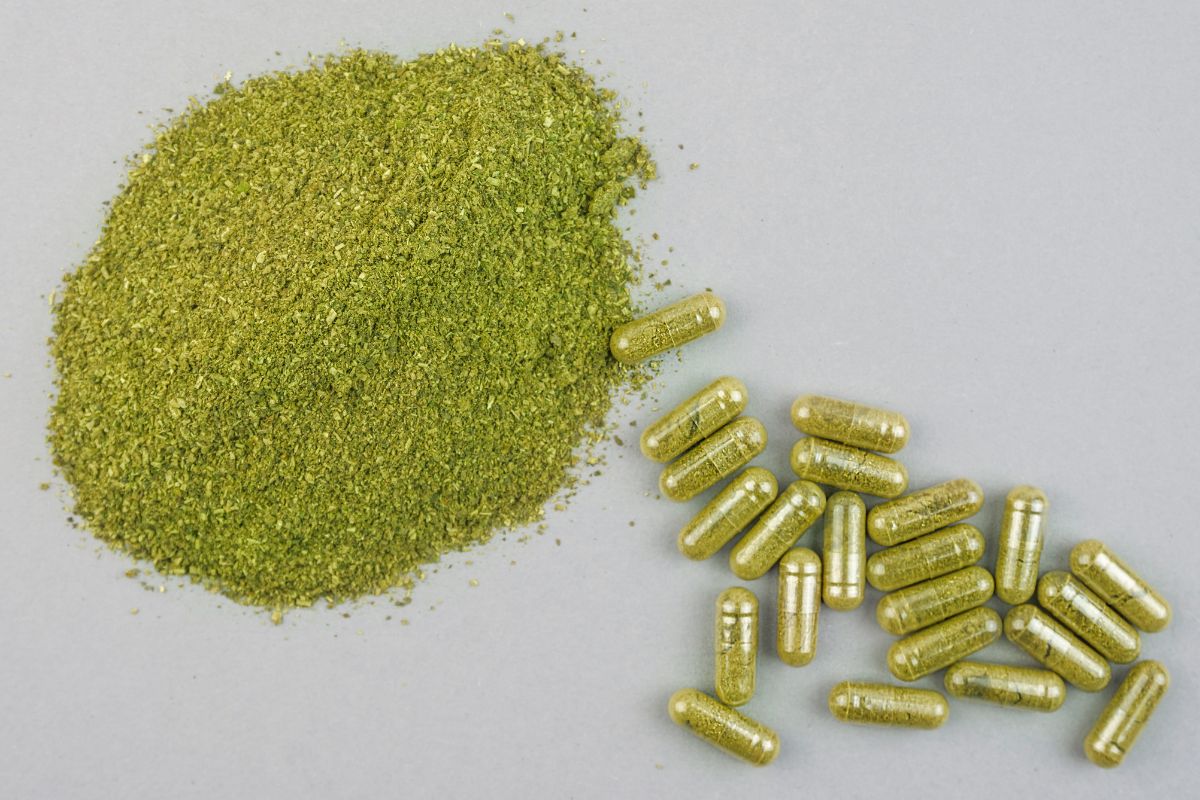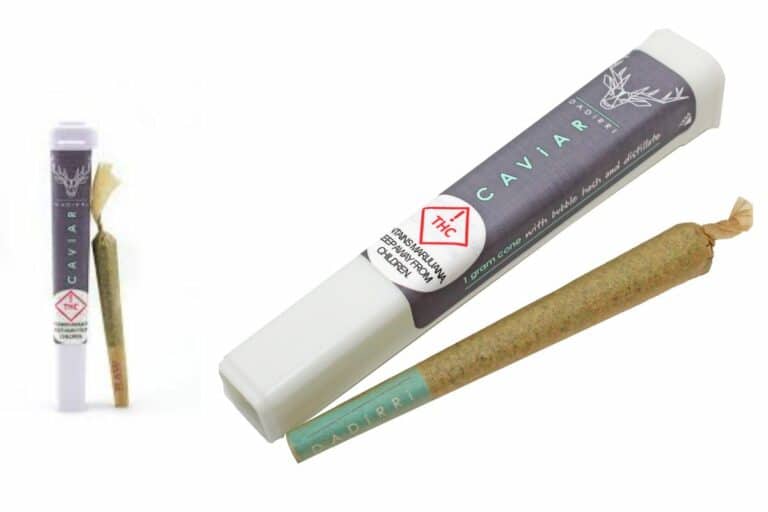Live Resin vs Shatter: Understanding the Differences in Cannabis Concentrates
Jumping into the world of cannabis concentrates is like stepping into the best candy shop ever—so many fun options! Link right here: live resin and shatter really stand out for anyone looking to dive deep into amazing flavors and top-notch strength. Live resin is like capturing a plant’s spirit. Picture grabbing a juicy cannabis bud at just the right moment, freezing it fast, and squeezing out every drop of its fragrant magic. That’s your live resin, packed with delicious terpenes that make your mouth dance. Shatter’s more like a shiny gem, famous for its clear look and the satisfying snap when you break it. If the idea of tasting cannabis’s pure flavor lights you up, you’ve hit the jackpot. Stick around, because I’m about to share why the adventure into the tastes of live heir to the throne resin and shatter is an awesome ride you don’t want to skip!
Table of contents
On the other hand, shatter is known for its glass-like clarity and its brittle, breakable consistency. It undergoes a rigorous purification process, which leads to its translucent appearance and makes it a potent form of butane hash oil. This type of concentrate is often chosen for its longer shelf life and the predictability of its effects.
Understanding the nuances between live resin and shatter can enhance your appreciation for cannabis concentrates. By knowing the differences in texture, potency, flavor, and methods of production, you can make informed decisions about which type best fits your preferences and lifestyle. Whether you are a seasoned user or new to concentrates, recognizing what distinguishes live resin from shatter is a fundamental aspect of navigating the diverse landscape of extracts.
Understanding Cannabis Concentrates
Cannabis concentrates are highly potent substances derived from the cannabis plant, focusing on the extraction of compounds such as THC and CBD. These concentrates come in various forms and are produced using different techniques.
Extraction Methods
Your understanding of cannabis concentrates begins with comprehending the extraction methods. Two main types of extraction processes exist: solvent-based and solventless.
- Solvent-based extraction uses chemical solvents like butane or propane, which are part of the hydrocarbon class, to separate the active compounds from the plant material. The result of such a process can include products known as butane hash oil (BHO), renowned for its high potency. Always handle solvents with extreme care, as they are highly flammable and can pose severe health risks if not managed correctly.
- Solventless extraction does not involve chemicals. Techniques like pressing the plant material, often buds or trichomes, produce rosin. This method maintains the natural profile of the cannabis plant, offering a chemical-free option to consumers. Solventless extracts are typically favored for their perceived natural purity and avoidance of chemical residues.
Types of Concentrates
Within the realm of cannabis concentrates, you will encounter various types:
- Live Resin: Made from fresh, flash-frozen cannabis plants to preserve terpenes and cannabinoids, live resin boasts a more robust and flavorful profile. Extraction typically uses solvents like butane or propane.
- Shatter: Recognizable by its translucent, glass-like appearance, shatter is a BHO product that’s both visually distinct and potent. It’s named for its tendency to break or ‘shatter’ easily.
Remember, each type of concentrate offers a unique experience, whether it’s in potency, flavor, or the method of consumption. Choose concentrates based on your preferences and always consume them responsibly.
Live Resin Explained
Live resin has become a highly sought-after cannabis concentrate, known for its potent aroma and flavor profile. By preserving the terpenes usually lost during drying and curing, live resin offers you a more vibrant sensory experience.
Production Method
To produce live resin, manufacturers use a technique known as flash freezing. This process involves taking freshly harvested cannabis plants and promptly freezing them to subcritical temperatures before they can dry or cure. The rapid freezing preserves the terpenes, volatile compounds that give the plant its aromatic diversity and contribute to the flavor. By doing so, the final product retains a terpene profile much closer to that of the living plant.
Once the plant is frozen, the extraction process begins. Producers typically utilize solvents like butane or propane to extract the full spectrum of cannabinoids and terpenes from the frozen plant material. The resulting concentrate is then carefully purged of solvents, often using a vacuum oven at low temperatures to protect the delicate terpenes from degradation.
Characteristics
Live resin distinguishes itself with a unique consistency that can range from a sticky, sap-like texture to a more buttery form, making it versatile for various consumption methods. Its defining characteristic, however, lies in the terpene profile. By preserving the terpenes through flash freezing, live resin captures an aroma and flavor that are often more complex and robust compared to other concentrates such as shatter, which can lose terpenes during the drying and curing phase.
Moreover, because live resin is made from the entire plant, it encapsulates a wider range of cannabinoids, contributing to potentially more holistic effects. Your experience with live resin might feel richer and more aligned with the original qualities of the harvested cannabis plant.
Shatter: What You Need to Know
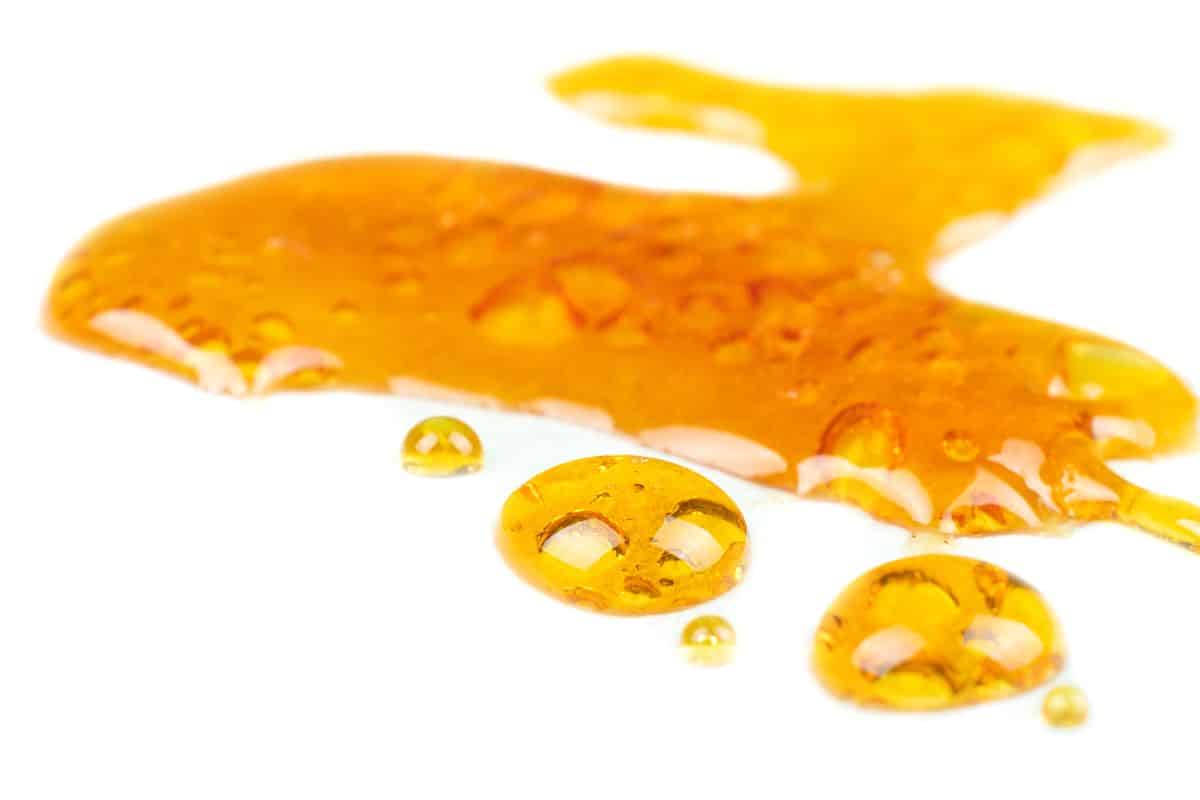
When exploring cannabis concentrates, you’ll find that shatter is renowned for its high purity and glass-like transparency. This concentrate offers a potent experience due to its high concentration of cannabinoids like THC.
Production Process
The creation of shatter involves the extraction of cannabinoids from the cannabis plant using a combination of heat and pressure. During this process, extracted oils are collected on a surface and then transferred to a vacuum oven. Here, the substance undergoes a purging process to remove solvents, which results in a purer product rich in THC and other cannabinoids. The control of heat is crucial; too much can affect the concentration of THC and other compounds such as flavonoids.
Physical Properties
Shatter stands out due to its characteristic translucent appearance, suggesting high purity levels. This physical property results from the meticulous purging process which removes excess solvents without disrupting the molecular alignment of cannabinoids and terpenes. It’s typically brittle and snaps easily, similar to glass, hence the name “shatter.” The texture and clarity of shatter also serve as indicators of its concentration and quality.
Comparing Resin and Shatter
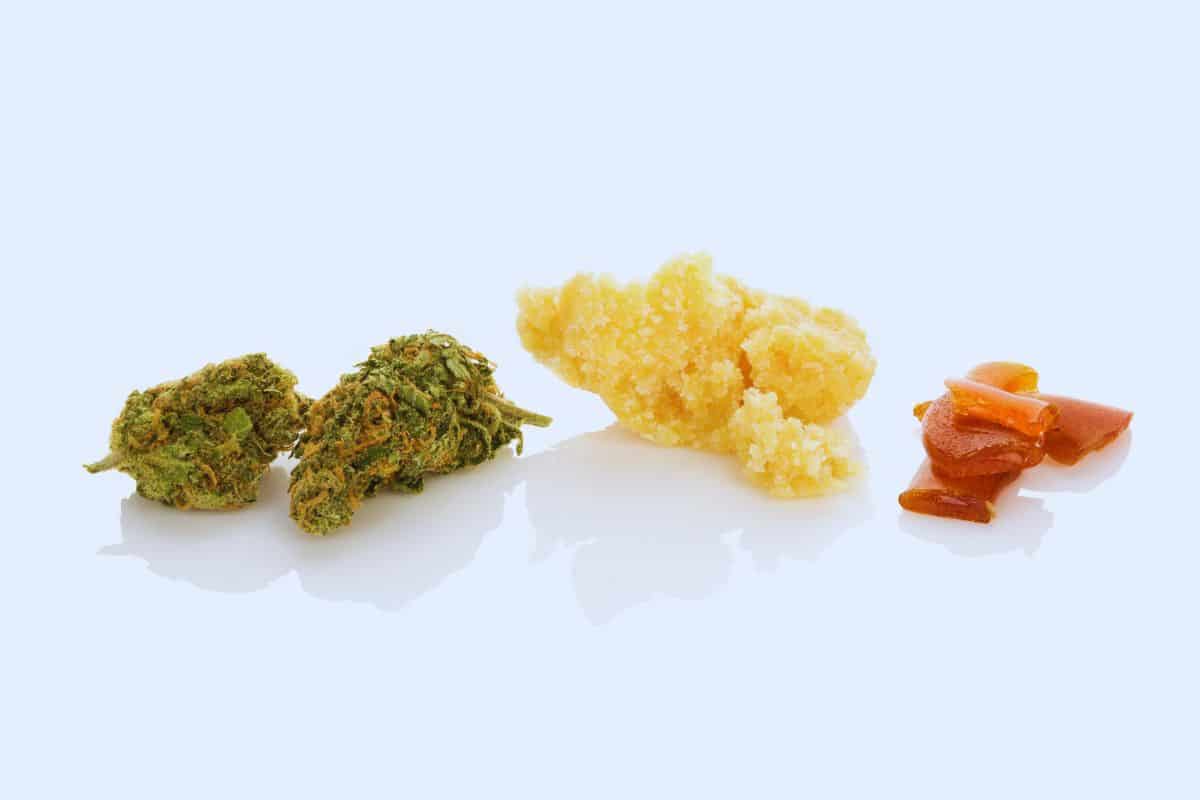
When exploring the world of cannabis concentrates, you’ll find that live resin and shatter are two popular forms, each offering a distinct experience in terms of potency, flavor, and consumption methods.
Potency and Purity
Live resin is renowned for its high terpene content, which contributes to a richer flavor profile and possibly enhances the entourage effect — the theory that all compounds in cannabis work together to amplify the overall effect. It’s produced using fresh frozen cannabis to preserve more of these volatile compounds. In contrast, shatter is known for its high potency and purity, often undergoing extensive filtration to remove waxes and fats, resulting in a translucent, glass-like appearance.
| Concentrate Type | Potency | Purity | Terpene Content |
| Live Resin | Variable | High | Very High |
| Shatter | High | Very high | Lower |
Usage and Experience
When it comes to usage, you’ll find that both live resin and shatter can be consumed using a dab rig or through vaping, though the experiences differ. Live resin’s complex flavor is best experienced at lower temperatures, which helps preserve the delicate terpenes. Dabbing live resin can introduce you to a full spectrum of flavors, whereas using shatter in your dab rig might provide a more intense and clear-headed high due to its purity and potency. Shatter, being more stable, is sometimes easier to handle and measure for those new to cannabis concentrates.
Each concentrate offers a unique experience to the cannabis user — whether you’re after the potent effects of shatter or the flavorful and potentially synergistic experience of live resin, your choice will shape the impact on your senses and overall satisfaction.
Consumption Methods

When indulging in live resin or shatter, your experience is greatly influenced by the methods and tools you use, as well as the temperature at which you consume these concentrates. Understanding these factors can enhance your enjoyment and the effectiveness of the product.
Techniques and Tools
Dabbing is a popular method for consuming both live resin and shatter. You’ll need a dab rig, which essentially consists of a chamber, a nail, and a torch. Here’s a brief step-by-step to get started:
- Heat the nail with the torch until it reaches the desired temperature.
- Using a dab tool, place a small amount of live resin or shatter onto the nail.
- Inhale the vapor through the rig’s mouthpiece.
Alternatively, vaping is another method that’s both convenient and less intense on your throat and lungs. For vaping:
- Choose a vape pen designed for concentrates.
- Apply the live resin or shatter to the coil or chamber.
- Use the pen’s button to heat the concentrate and inhale.
Effects of Temperature
The temperature at which you vaporize your concentrate can have a substantial impact on your experience.
- High Temperature: Delivers a more intense and immediate effect, but may result in a harsher taste.
- Ideal range: 600°F to 900°F
- Low Temperature: Emphasizes flavor and provides a smoother vapor.
- Ideal range: 315°F to 450°F
Heat and pressure are critical in creating shatter and live resin, and they also play a vital role when it comes to their consumption. Heat transforms these solid concentrates into inhalable vapor, while pressure must be managed to ensure a controlled evaporation rate.
Remember, while dabbing live resin or shatter, it is imperative to start with lower temperatures and gradually find the heat level that suits your preference for flavor and vapor density.
Varieties of Texture and Consistency
When exploring the world of cannabis concentrates, you’ll come across products with a variety of textures and consistencies. Whether you prefer the smooth, creamy consistency of budder or the brittle, glass-like snap of shatter, understanding these differences will enhance your experience.
Wax and Budder
Wax concentrates boast a sticky, gooey texture that can vary from soft to hard. It’s one of the more versatile textures, which makes it easier for you to manipulate when preparing a dose. Budder, on the other hand, has a smoother and more malleable consistency. Much like butter at room temperature, this type of concentrate spreads easily and is preferred for its creamy texture.
- Wax: Opaque, sticky, varying firmness
- Budder: Creamy, soft, spreads like butter
Crumble and Sauce
Crumble is distinct for its dry and crumbly texture. This form of concentrate tends to break apart easily, as it’s less moist than other types. Crumble is perfect for those seeking a concentrate with a less sticky, more handleable consistency. Sauce, conversely, is known for its liquid-like quality. It often has a viscous, syrupy texture and can contain solid crystals of THCa. Sauce combines a potent flavor profile with a runny consistency, making it a favorite amongst connoisseurs.
- Crumble: Dry, brittle, easy to break
- Sauce: Viscous, runny, often contains THCa crystals
Aromatic and Flavor Profiles

When choosing between live resin and shatter, you must consider their distinctive aromatic and flavor profiles shaped by terpenes and flavonoids. These compounds are pivotal in determining the sensory experience you’ll encounter.
Terpenes and Flavonoids
In the context of live resin, the preservation of terpenes is paramount. Live resin is produced from fresh cannabis plants that are frozen immediately after harvest, retaining a richer and more complex profile of terpenes like myrcene, which imparts a fruity, earthy aroma. High terpene levels are believed to contribute to the entourage effect, enhancing the overall sensory and potential therapeutic experience.
On the other hand, shatter tends to have a more subdued scent and flavor. During its production, the plant material undergoes a curing process, which can diminish the presence of volatile terpenes. As a result, shatter may exhibit a more concentrated essence but lacks the nuanced flavor flavors that terpenes provide.
Connoisseur Preferences
Connoisseurs often gravitate towards live resin for its robust and nuanced flavor profiles. The ability to experience the full spectrum of the plant’s original scent and taste is highly prized. Live resin captures the volatile terpenes that might otherwise be lost in the production of shatter, offering a truer representation of the original plant’s aroma.
However, some may prefer the clean, focused flavor that shatter provides. It might not have the same broad range of aromatic profiles, but what it offers is a more pronounced and consistent flavor that can still be enjoyed, especially when the shatter is well-crafted and pure.
Health and Safety Considerations
When exploring the differences between live resin and shatter, your health and safety are paramount. These products differ in their production processes, specifically in the solvents and filtration techniques used, which can influence their overall quality and safety.
The Role of Solvents
In the production of both live resin and shatter, solvents like butane are commonly utilized to extract THC and CBD from cannabis plants. Butane is a powerful solvent that’s effective in extracting cannabinoids and terpenes; however, it poses health risks if not removed properly after extraction. It’s critical for the final product to undergo rigorous purging to eliminate any residual solvents, as inhaling these can be harmful to your health. The safety of live resin and shatter hinges on this aspect of production, and reputable manufacturers use complex filtration processes to ensure the purity and safety of their products.
Quality and Filtration
Quality and filtration are closely tied, as they both contribute to the safety profile of cannabis concentrates. A high-quality product not only offers a potent and rich experience but also aligns with stringent health standards. Filtration processes are designed to remove impurities and excess solvents, and they play a crucial role in the final product’s safety. The filtration of live resin tends to be more meticulous due to its higher terpene content that needs to be preserved for flavor and aroma. In contrast, shatter undergoes a filtration process that prioritizes a stable and clear product, with less emphasis on preserving the delicate terpene profile. Remember, the effectiveness of these filtration processes directly impacts the quality and safety of the concentrate you consume.
Market Trends and Purchase Tips
When you’re looking to purchase cannabis concentrates, understanding current market trends and navigating through pricing and availability are key. As a consumer in the ever-evolving cannabis market, you need to be informed to make the best choices based on your preferences and needs.
Pricing and Availability
Dispensaries vary in their pricing for live resin and shatter, reflecting factors such as purity, brand, and locality. Live resin typically commands a higher price due to its terpene-rich profile and more complex extraction process. It’s considered a premium, flavorful concentrated form of cannabis, often associated with a more vibrant experience. On average, live resin can cost between 20% to 40% more than shatter.
Shatter, with its translucent amber appearance and brittle texture, is usually more readily available and can be a less expensive option. While prices fluctuate, you might find shatter to be 10% to 30% cheaper than live resin at your local shop. This is partly because shatter is easier to produce in large quantities and has been on the market for a longer time.
The variety of cannabis concentrates available can differ greatly from one dispensary to another. Some shops specialize in a wide range of marijuana concentrates, while others might offer a more curated selection. When seeking out either live resin or shatter, check online menus or call ahead to ensure your chosen dispensary has what you’re looking for.
Remember that the cannabis market is highly competitive and prices can change. Special deals or member pricing can also impact the cost, so consider signing up for alerts from your favorite dispensaries to stay informed on the best purchase opportunities.
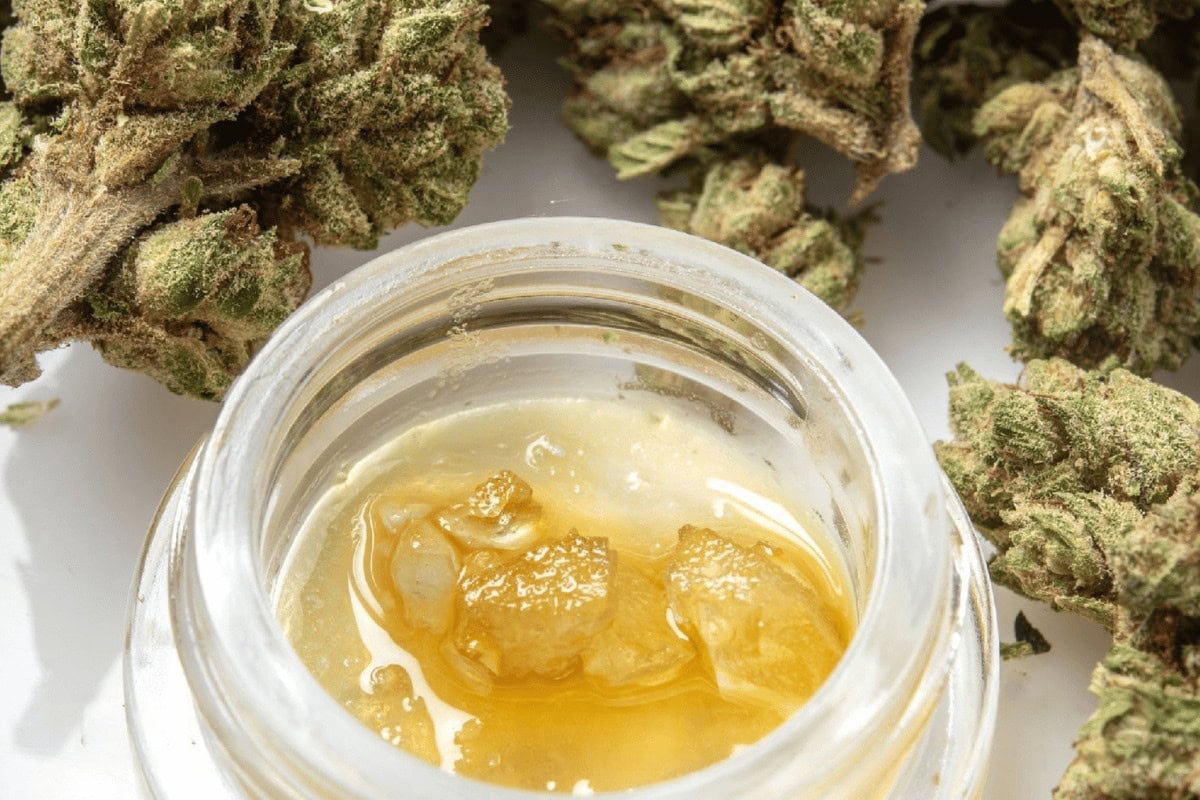
Final Thoughts
When considering live resin and shatter, your preference as a cannabis user largely depends on what you value in a concentrate. Live resin is celebrated for its rich aroma and full spectrum of terpenes, which are preserved through a cold extraction process. This makes it an ideal choice if you’re a connoisseur seeking a flavorful experience reminiscent of the original strains.
In contrast, shatter is known for its translucent, glass-like appearance and stability. It typically contains a higher THC concentration, offering you potency over flavor. If you prioritize shelf life and a more potent buzz, shatter may be your concentrate of choice.
Here’s a quick comparison:
- Live Resin: Flavorful, aromatic, lower THC
- Shatter: Potent, longer-lasting, less terpene-rich
Your considerations should also weigh the quality of the product. Regardless of the type, high-quality concentrates provide a better experience. As connoisseurs, you know that from extraction to packaging, every step affects the final product.
Whichever you choose, always ensure that you’re purchasing from reputable sources. This guarantees that you receive well-crafted concentrates that meet your expectations.
Frequently Asked Questions
When exploring cannabis concentrates, it’s essential to understand the nuances between products like live resin and shatter, especially in terms of potency, effects, and usage.
What are the main differences between live resin and shatter in terms of potency?
Live resin is typically higher in terpene content due to the preservation of the full flavor profile of fresh cannabis plants, which might enhance its perceived potency. In contrast, shatter is known for its high cannabinoid concentration, which can deliver a powerful, more isolated experience.
How do the effects of live resin compare to those of shatter when used for pain relief?
Live resin is often preferred for pain relief due to its rich terpene profile, which is believed to contribute to the entourage effect, potentially enhancing therapeutic outcomes. Shatter, while potent in cannabinoids like THC, may provide more intense relief but with a narrower spectrum of plant compounds.
Can live resin and shatter be effectively used to make edibles, and if so, how do their results differ?
Both live resin and shatter can be used in edibles. Live resin tends to impart more flavor and aroma from the original strain, which could affect the taste of the edible. Shatter is more likely to provide a potent THC dose with less impact on flavor, ideal for edibles where cannabis taste is not desired.
Between live resin, shatter, and distillate, which concentrate is generally considered the most potent?
Distillate usually has the highest THC concentration, often reaching up to 90% or more, making it generally the most potent concentrate. Both live resin and shatter can also be high in THC but distillate is typically more refined and potent.
In the context of live resin and shatter, how does rosin stand in terms of quality and flavor profile?
Rosin is often considered to offer a high quality and robust flavor profile, similar to live resin, since it’s a solventless extract that preserves terpenes. However, it varies based on the extraction technique and the quality of the starting material used.
Is there a significant health difference when using live resin cartridges compared to other concentrates?
The health implications of using live resin cartridges versus other concentrates have not been conclusively established. However, live resin usually contains a broader spectrum of cannabis compounds, which some users prefer for a more natural experience. It is important to always consider the source and production methods of any concentrate to gauge its safety and quality.

